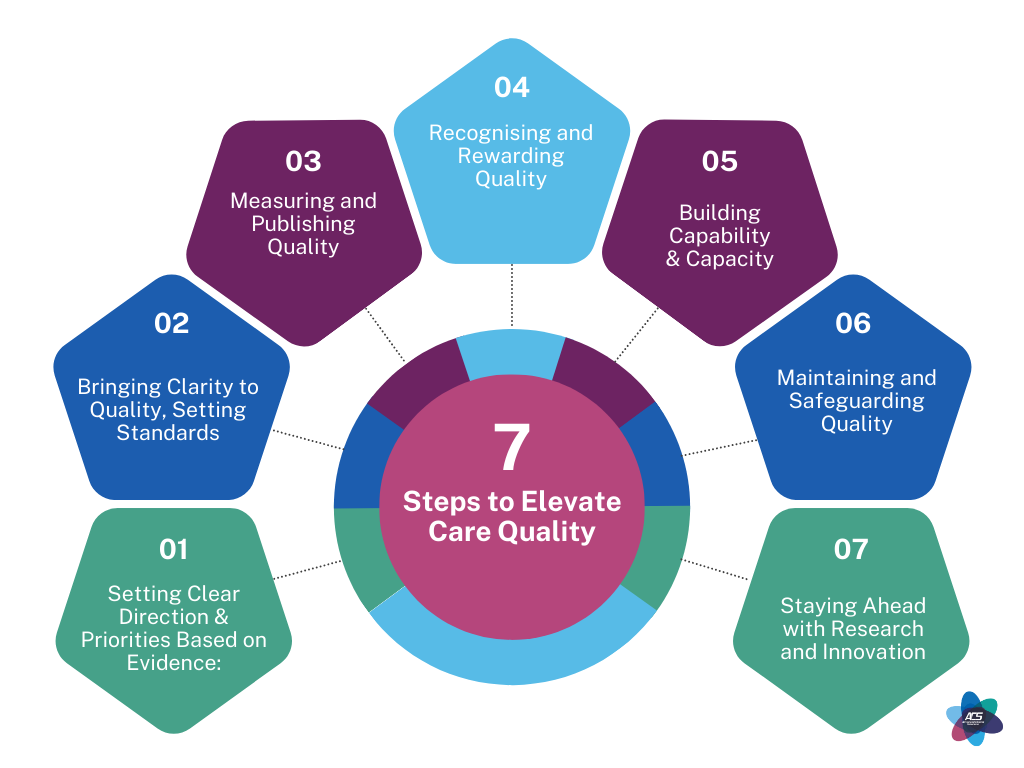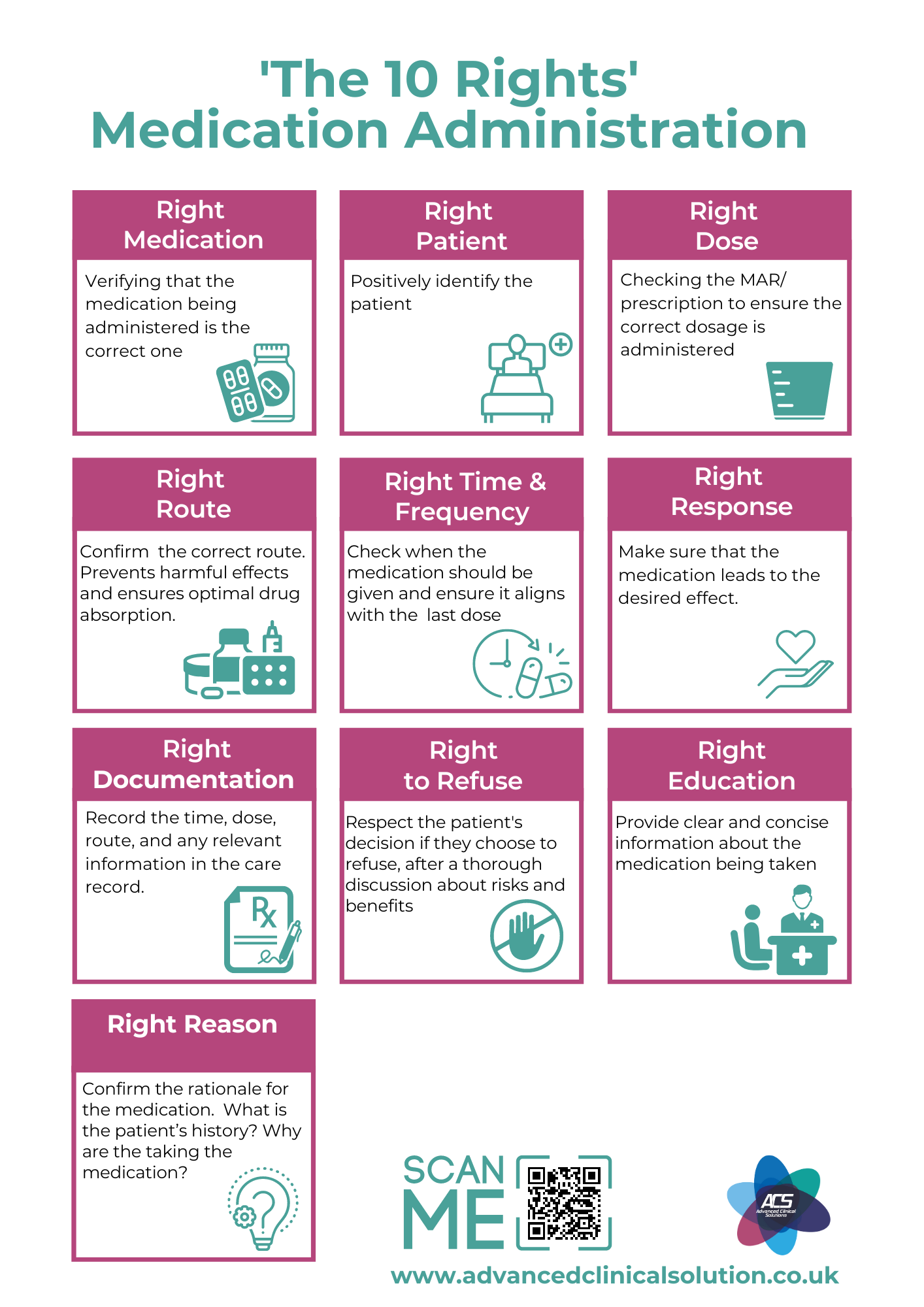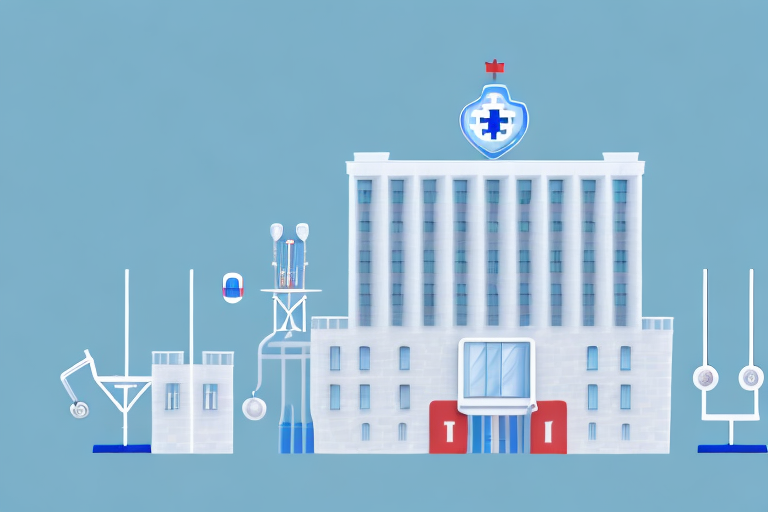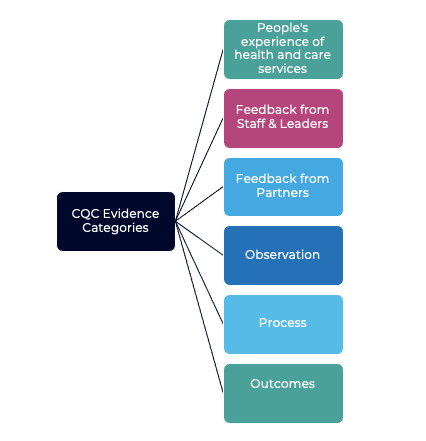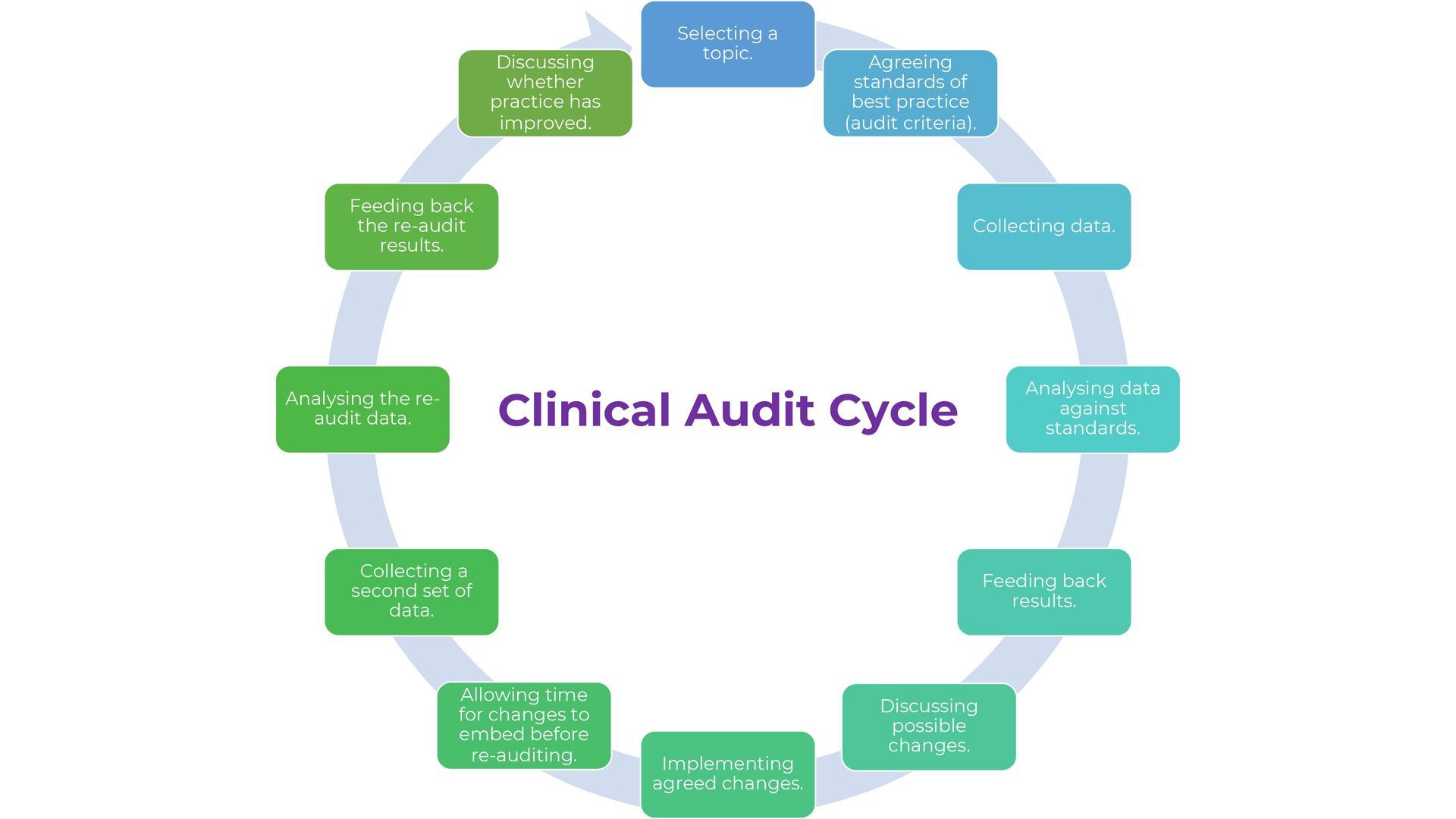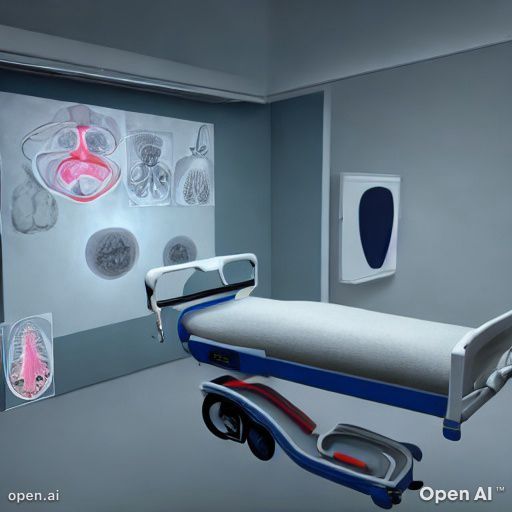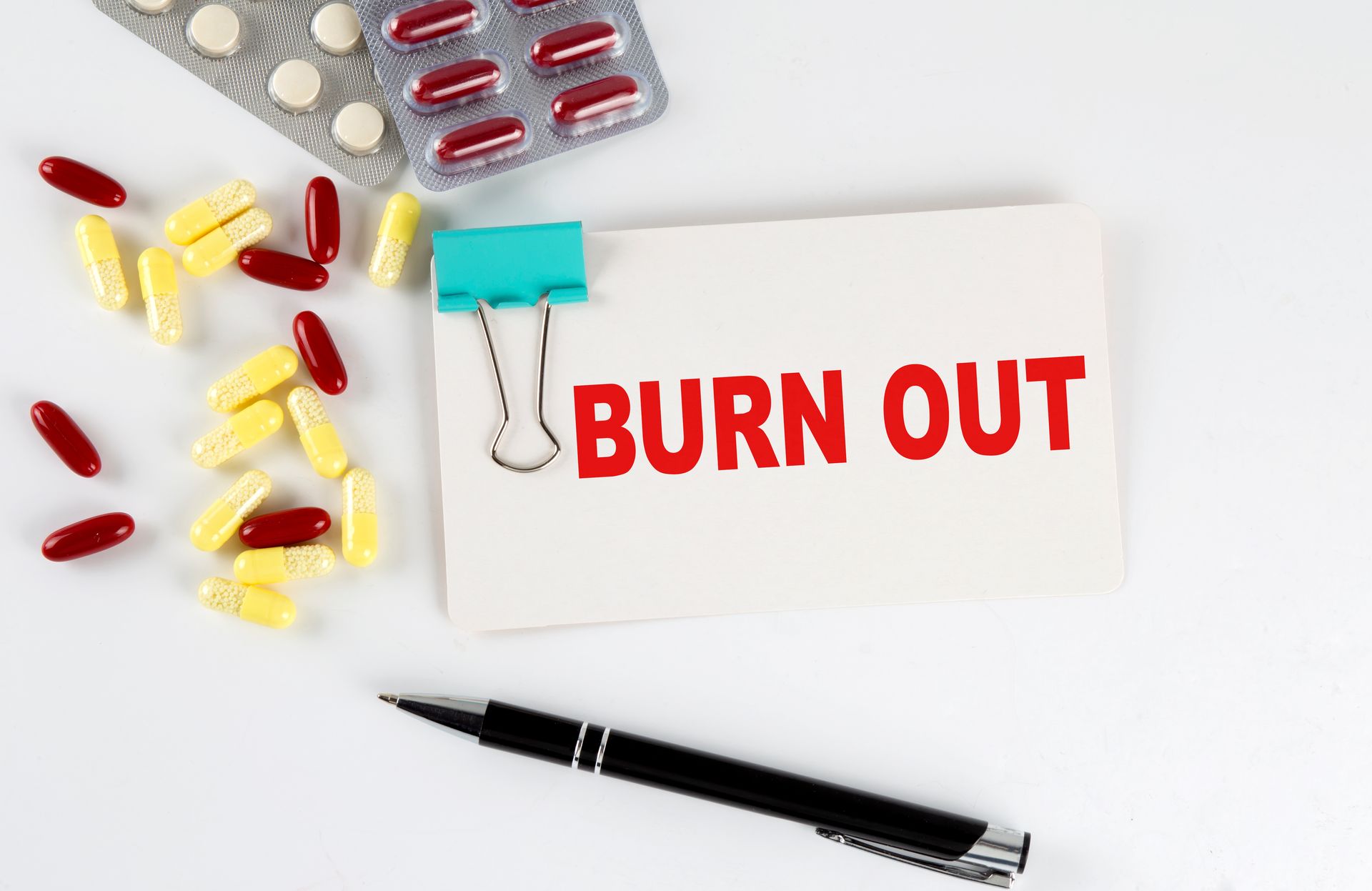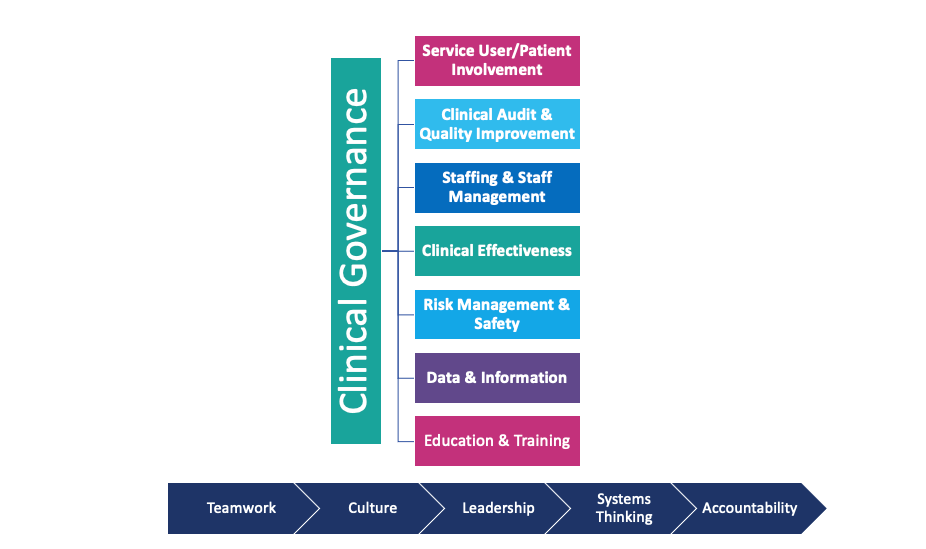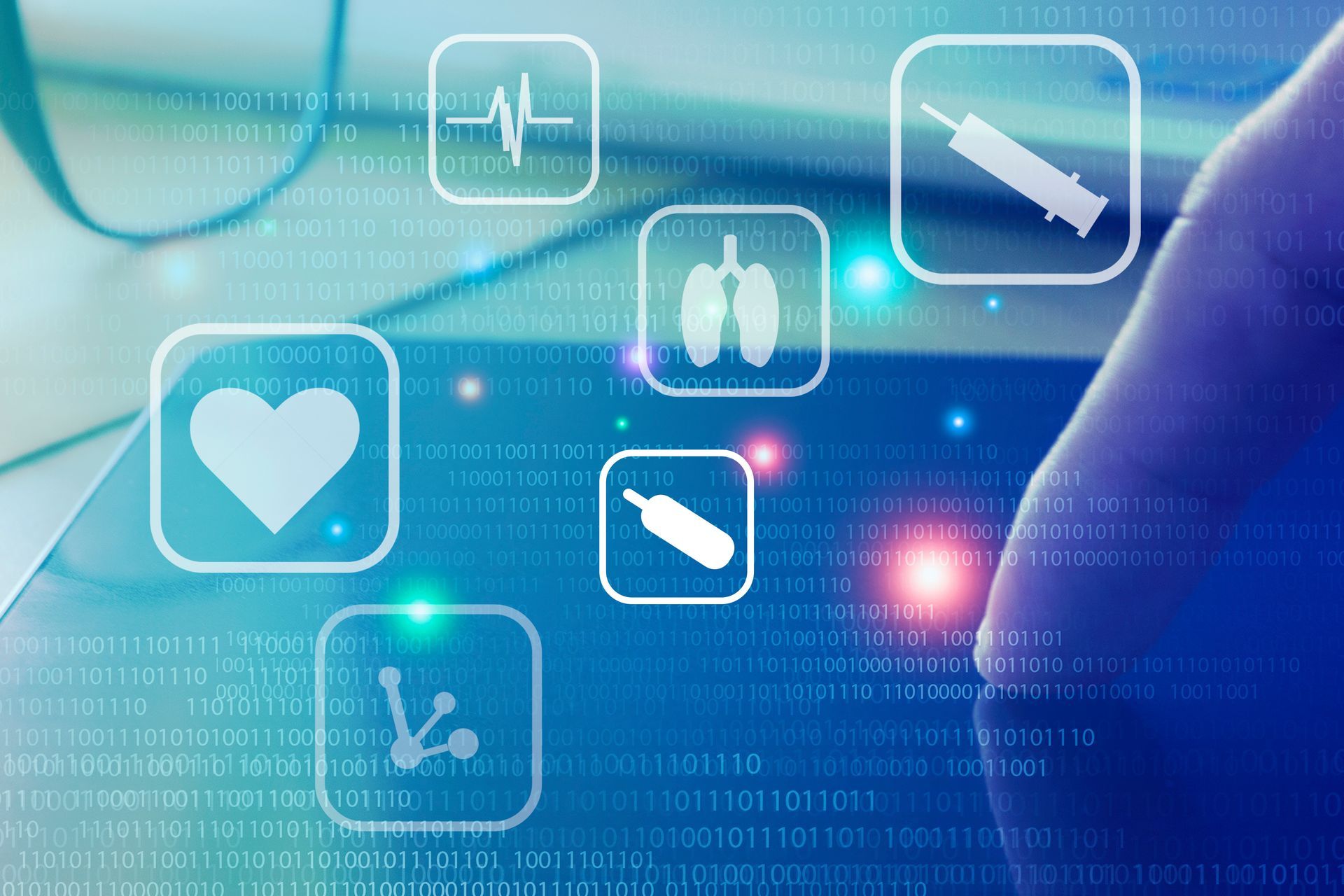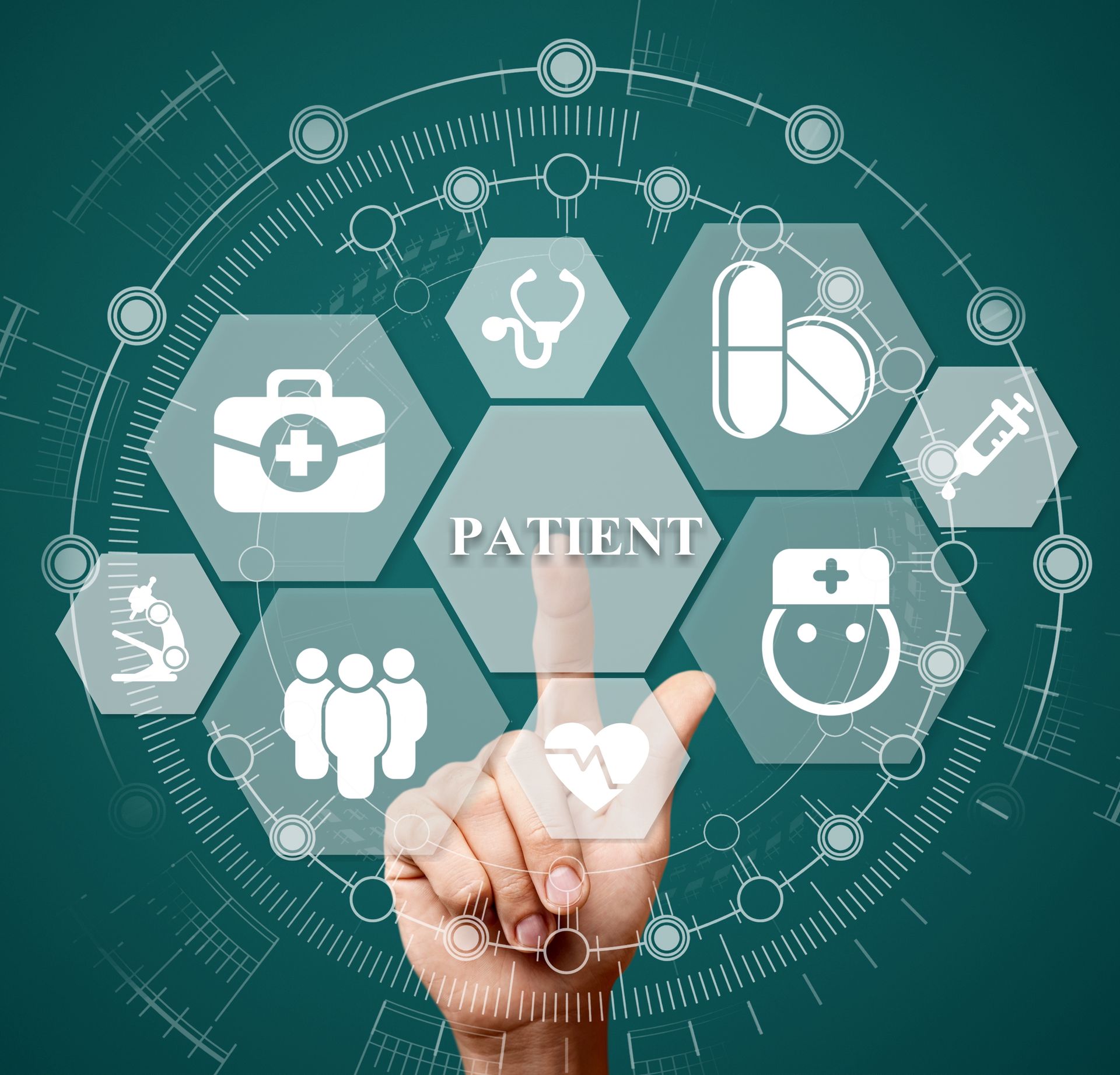The A-Z of Cleaning (PART 1)
Cleaning vs Disinfection vs Decontamination-The Ultimate Glossary of Cleaning Terms
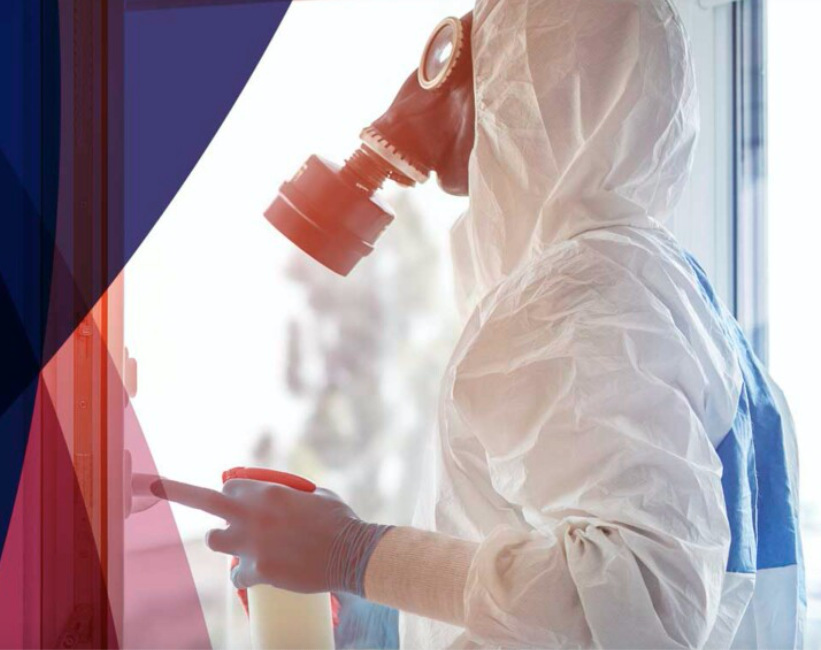
You have heard it on the news nearly everyday for the last 18 months – how important it is to protect yourself from COVID-19 and other infections .As we head into the winter months , other infection threats such as flu and Norovirus are of concern to many workplaces.
But , what is disinfection? What does decontamination actually mean?
Unfortunately, terms like disinfection, cleaning, decontamination, and sterilisation have become muddled and a bit confusing recently.
A raft of 'pop up' COVID-19 cleaning companies have appeared since the start of the pandemic, who have been using these terms interchangeably. Many of these companies lack the underpinning scientific knowledge and basic clinical infection control skills to be able to effectively relay to their customers why one process would be needed over the other.
As you can imagine here @BioSafe, as a team of dedicated infection control nurses and healthcare professionals who have been responding to outbreaks for decades this has become very frustrating.
In reality, they all have very different meanings and different purposes. Here we try to unpick what they mean and provide a clear , plain English definition . Knowledge is power so please don't be taken for a ride by these cowboy companies. Alternatively , contact us here at BioSafe , to get advice from healthcare professionals with real world, clinical experience in this area.
Glossary of Terms: A-E
Alert Organism
Is any one of a specified list of microorganisms / infections, which when identified should be referred to and tracked by infection control teams .
They are organisms of clinical interest due to the seriousness of the potential infection for the person. MRSA and other antibiotic resistant organisms e.g. Glycopeptide Resistant Enterococci (GRE) and Extended Spectrum Beta Lactamases (ESBLs), Clostridium difficile, Streptococcus pyogenes, Norovirus and Respiratory Syncytial Virus (RSV) are all classed as Alert Organisms.
Antimicrobial Agent:
Any agent that kills or suppresses the growth of micro-organisms.
Antiseptic:
Any substance that prevents or arrests the growth or action of micro-organisms by inhibiting their activity or by destroying them. The term is generally used for preparations applied to the skin.
Bacteriocide:
Any agent that kills bacteria.
Bio Burden:
Number and types of viable microorganisms with which an item is contaminated; also called bio load or microbial load.
Biocide or Biocidal:
Terms with the suffix cide or cidal means they have a killing action . For example, a Biocide is an agent that can kill any and all living cells.
Contaminated:
Having actual or potential contact with microorganisms. A term often used in health care, the term generally refers to the presence of microorganisms that could produce disease or infection.
Cleaning:
Removal, usually with detergent and water or enzyme cleaner and water, of visible soiling, blood ,protein substances, microorganisms and other debris from surfaces, crevices, serrations, joints, and lumens of instruments, devices, and equipment by a manual or mechanical process that prepares the items for safe handling and/or further decontamination.
Decontamination:
The use of physical or chemical means to remove, inactivate, or destroy pathogens on a surface or item to the point where they are no longer capable of transmitting infectious particles, and the surface or item is rendered safe for handling, use, or disposal”.
Decontamination Area:
Area of a facility designated for collection, retention, and cleaning of soiled and/or contaminated items.
Deep Clean:
An exceptionally intense, thorough manual cleaning of all surfaces, floors, soft furnishings and re- usable equipment either within the whole environment or in an area.The procedure ensures that an area has been cleaned and decontaminated after a person with an alert organism or communicable disease has been in the area, in order to render it safe for the next person.
Detergent:
A cleaning agent that makes no antimicrobial claims on the label, can be divided into four types: anionic, cationic, amphoteric, and non-ionic detergents.
Disinfectant:
Usually a chemical agent (but sometimes a physical agent) that destroys disease-causing pathogens or other harmful microorganisms but might not kill bacterial spores. It refers to substances applied to inanimate objects. Disinfectants are grouped by product label claims of “limited,” “general,” or “hospital” disinfection.
Disinfection:
Thermal or chemical destruction of pathogens and other types of microorganisms. Disinfection is less lethal than sterilisation because it destroys most recognised pathogens but not necessarily all microbial forms (e.g., bacterial spores).
Dust and Lint:
Fine, small particles or fibres from clothing, that can form a layer on the object surface and that can be stirred up becoming airborne.
Exposure:
Coming into contact with the micro-organism that causes the infection.
(PART 2- COMING NEXT WEEK)
CONTACT US VIA:
www.biosafe.online
www.advancedclinicalsolution.co.uk/biosafe
T:01633 415 427
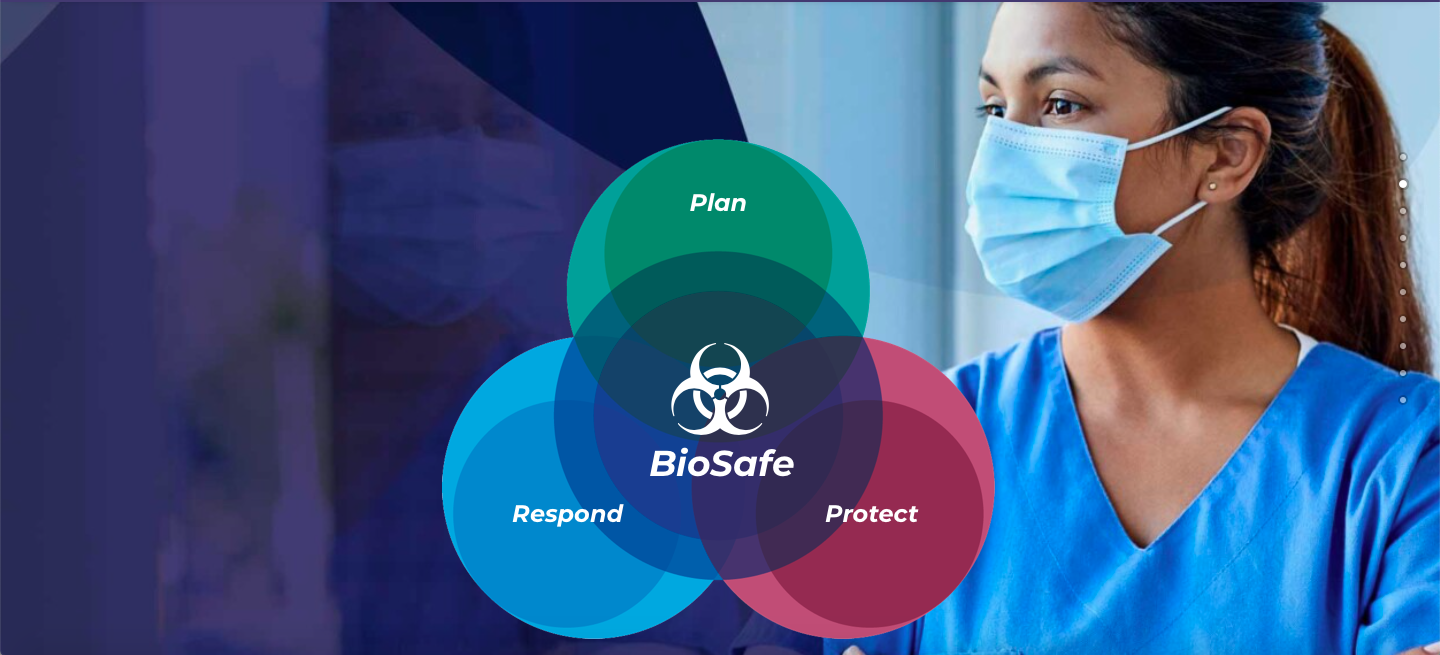
Email Us
For general enquiries & questions,
contact us via email
Book Free Consultation
Need some advice face to face? Book a free 30 minute MS Teams consultation
Share
CHECK OUT OUR OTHER BLOG POSTS
Knowledge Hub

